
Dassault Falcon 10X
Credit: Dassault Aviation
On May 6, Dassault Aviation announced the newest of the business jets in development with the clean-sheet Falcon 10X ultra-long-range twinjet. Priced at $75 million in 2021 dollars, the 10X will have a range of 7,500 nm., cruise at Mach 0.85 and have a top speed of Mach 0.925, flying nonstop from New York to Shanghai, Los Angeles to Sydney or Hong Kong to New York.
The Falcon 10X is the first Dassault business jet to have a T-tail, the first to be powered by Rolls-Royce turbofans—the Rolls-Royce Pearl 10X—the first to have a composite wing and the first business aircraft to have dual head-up displays certified as primary flight displays. Entry-into-service is expected in late 2025.

Dassault Falcon 6X
Credit: Dassault Aviation
Dassault Aviation rolled out the first Falcon 6X widebody, large cabin business jet on Dec. 8, 2020, followed by its first flight in March. Two aircraft are in the flight-test program with a third expected to enter the program by the summer. The first production aircraft, number four, will follow.
The third aircraft will be used to test cabin systems and amenities, galley equipment, and in-flight entertainment systems and options, including high-speed Ka-band connectivity. The twinjet will have a range of 5,500 nm powered by Pratt & Whitney PW812D engines. It will be equipped with Dassault Aviation’s FalconEye combined vision system and the FalconScan diagnostics system.
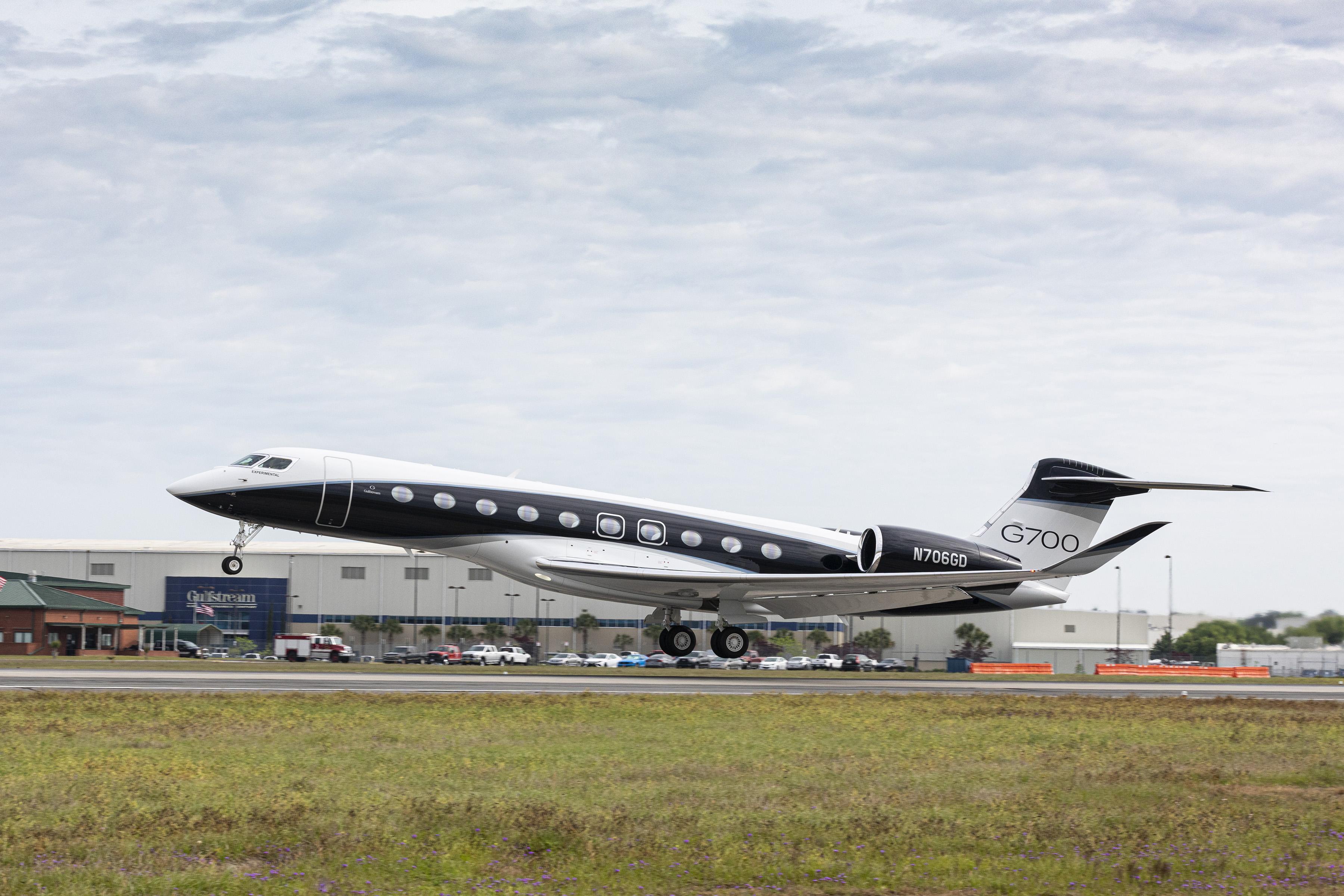
Gulfstream G700
Credit: Gulfstream Aerospace
Gulfstream Aerospace unveiled the $75 million ultra-long-range business jet in October 2019 at the National Business Aviation Association Conference & Exhibition (NBAA-BACE). The aircraft, powered by two Rolls-Royce Pearl 700 engines, will have a range of 7,500 nm and maximum operating speed of Mach 0.925. Entry-into-service is expected in 2022.
In April, a G700 test aircraft dedicated to testing the cabin “experience” completed its maiden flight, joining five other test aircraft in the program. Testing will encompass more than 15,500 test points and validate every facet of the cabin for comfort and reliability, Gulfstream said. The aircraft includes the Symmetry Flight Deck based on Honeywell’s Primus Epic avionics system, with active control sidesticks, touchscreen controllers, Gulfstream predictive landing performance system, enhanced flight vision system and synthetic vision presented on dual head-up displays.
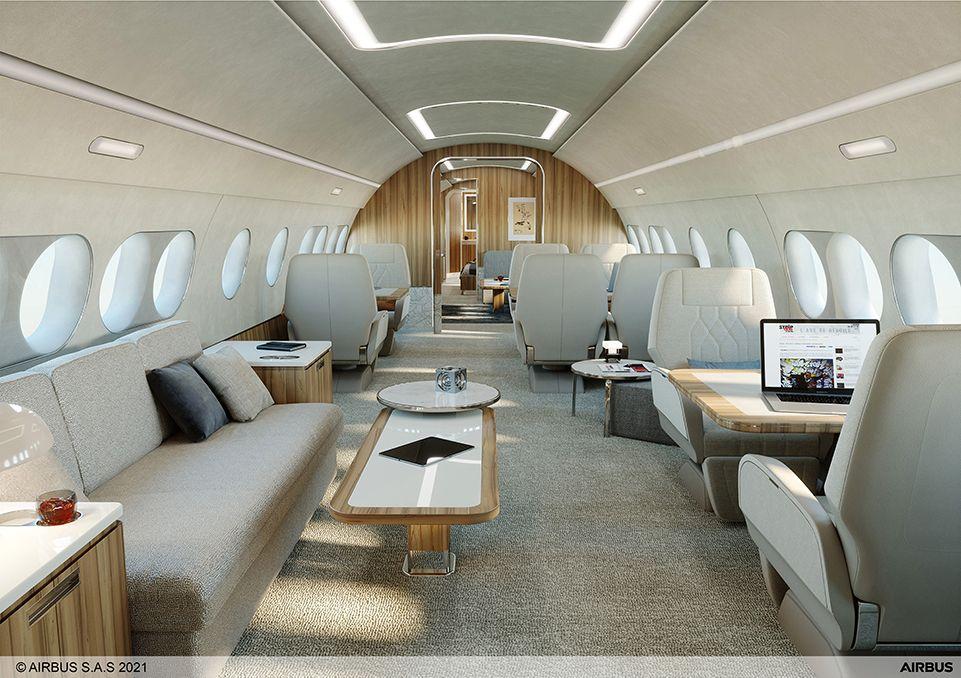
Airbus Corporate Jets TwoTwenty
Credit: Airbus Corporate Jets
Airbus Corporate Jets (ACJ) launched the ACJ TwoTwenty (ACJ220) business jet in October 2020, based on the Airbus A220-100 regional jet. Launch customer and production partner Comlux Group of Switzerland has ordered two of the VIP jets; its Comlux Completion facility in Indianapolis will outfit the first 15 cabins. The first completed aircraft is expected to enter service in early 2023.
The $81 million aircraft that ACJ calls the “Xtra Large Bizjet” is powered by Pratt & Whitney PW1500G engines, seats up to 18 passengers and has a range of up to 5,650 nm. With 785 sq. ft. of floor space and up to six VIP living areas, the ACJ TwoTwenty is larger than the largest Gulfstream, Bombardier and Dassault business jets, but smaller than the Airbus A320-derived VIP aircraft.

Textron Aviation Sky Courier
Credit: Textron Aviation
Textron Aviation in March announced the start of certification flight testing of its Cessna SkyCourier 408 utility aircraft, with the expectation of competing the FAA certification process and beginning deliveries later in 2021. It anticipated imminent FAA and Transport Canada certification of the aircraft’s Pratt & Whitney Canada PT6A-65SC engine.
The SkyCourier is a high-wing, twin-turboprop utility aircraft. Textron is offering it in two configurations: as a freighter with a max payload of 6,000 lb. and as a 19-seat passenger carrier (5,000 lb. max payload). Fitted with the Garmin G1000 NXi avionics suite, the aircraft has a maximum cruise speed of 200 ktas and range of 900 nm.
FedEx Express is the launch customer for the SkyCourier, which Textron announced in November 2017. The cargo carrier has ordered 50 freighter versions, with options for 50 more. Textron announced the first flight of the aircraft on May 17, 2020.
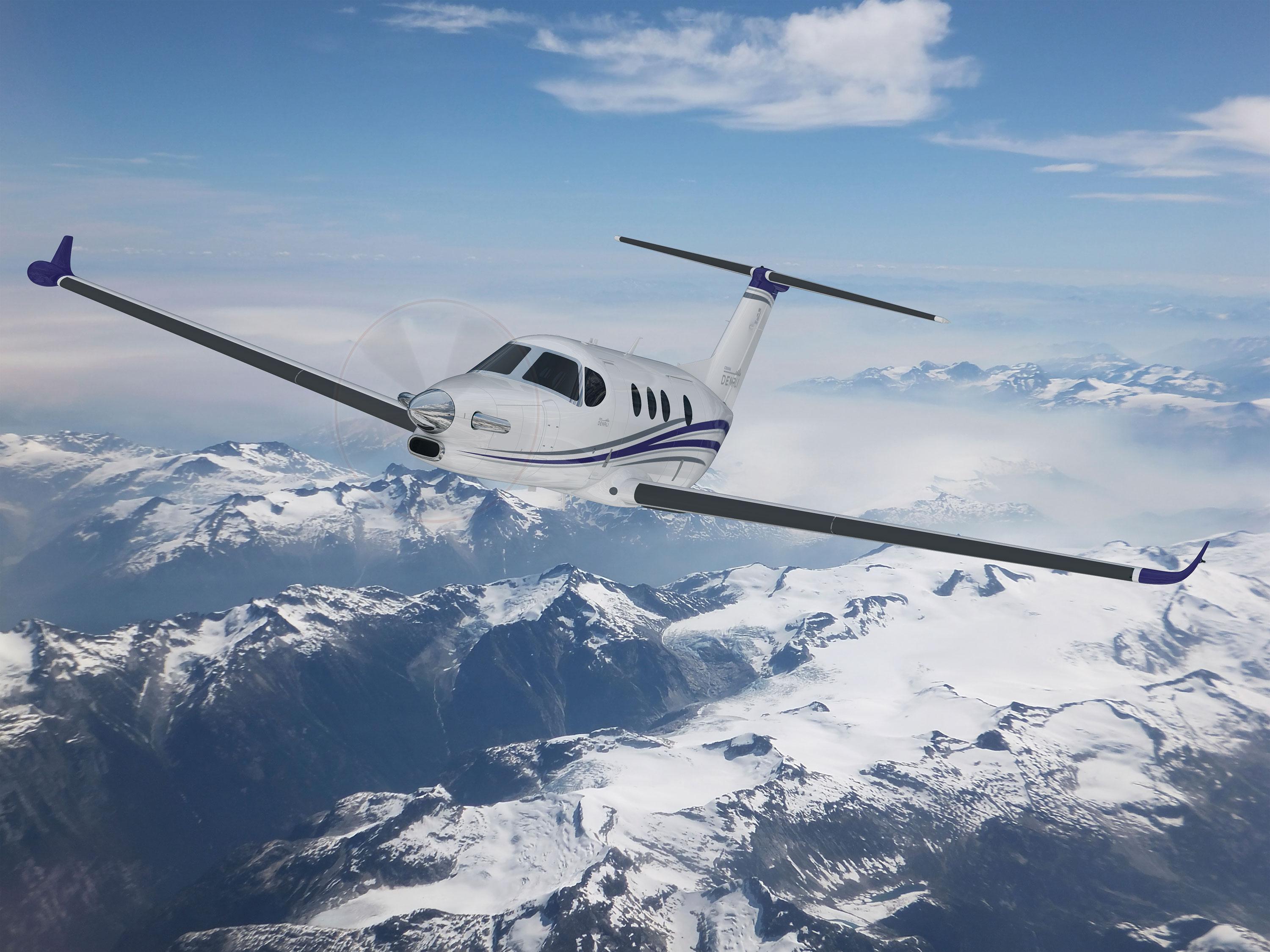
Textron Aviation Cessna Denali
Credit: Textron Aviation
Textron Aviation announced the $4.8 million Cessna Denali single-engine turboprop in 2015. It is a clean-sheet design developed to hold 8-11 occupants and convert from passenger to cargo missions.
The Denali will fly 1,600 nm with four passengers. Maximum cruise speed is 285 kt. The aircraft is powered by the new GE Aviation Catalyst engine, with major sections built from 3D printed parts. It will come equipped with the Garmin G3000 avionics suite.
Textron Aviation pushed back first flight of the Denali, once expected in 2019, to later in 2021 following a slowdown in the engine test program because of changes to FAA certification testing requirements and the COVID-19 pandemic.
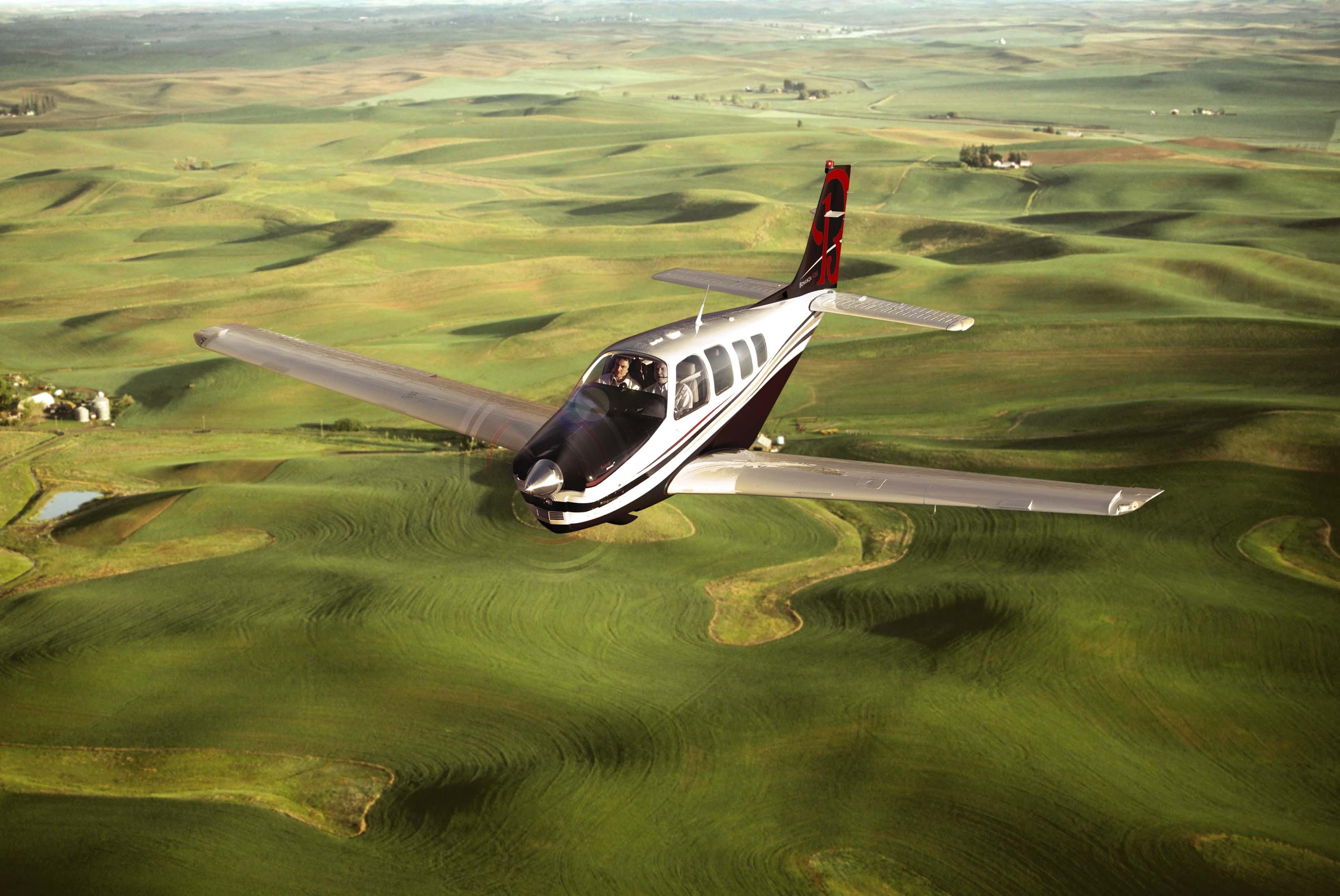
Textron Beech Bonanza G36 Special Edition
Credit: Textron Aviation
Textron Aviation paused production and deliveries of its six-seat Beechcraft Bonanza single-engine aircraft at the beginning of 2021 to develop product enhancements. In April, the company announced a special edition G36 to commemorate the aircraft’s 75th anniversary.
The upgraded Bonanza will feature a custom interior and paint scheme inspired by Beech Aircraft co-founder Olive Ann Beech’s signature “Mrs. Beech Blue,” a custom color she adopted on the advice of fashion designer Oleg Cassini. The color was found on everything from her dress suits to office furnishings, automobiles and personal aircraft interiors.
Bonanza production will resume this year with deliveries of the special edition aircraft in 2022. Textron Aviation declined to elaborate on the aircraft’s other enhancements.
The Bonanza has a maximum range of 920 nm and a maximum cruise speed of more than 200 mph. Since the type was introduced in 1947, more than 18,000 Bonanzas have been delivered.
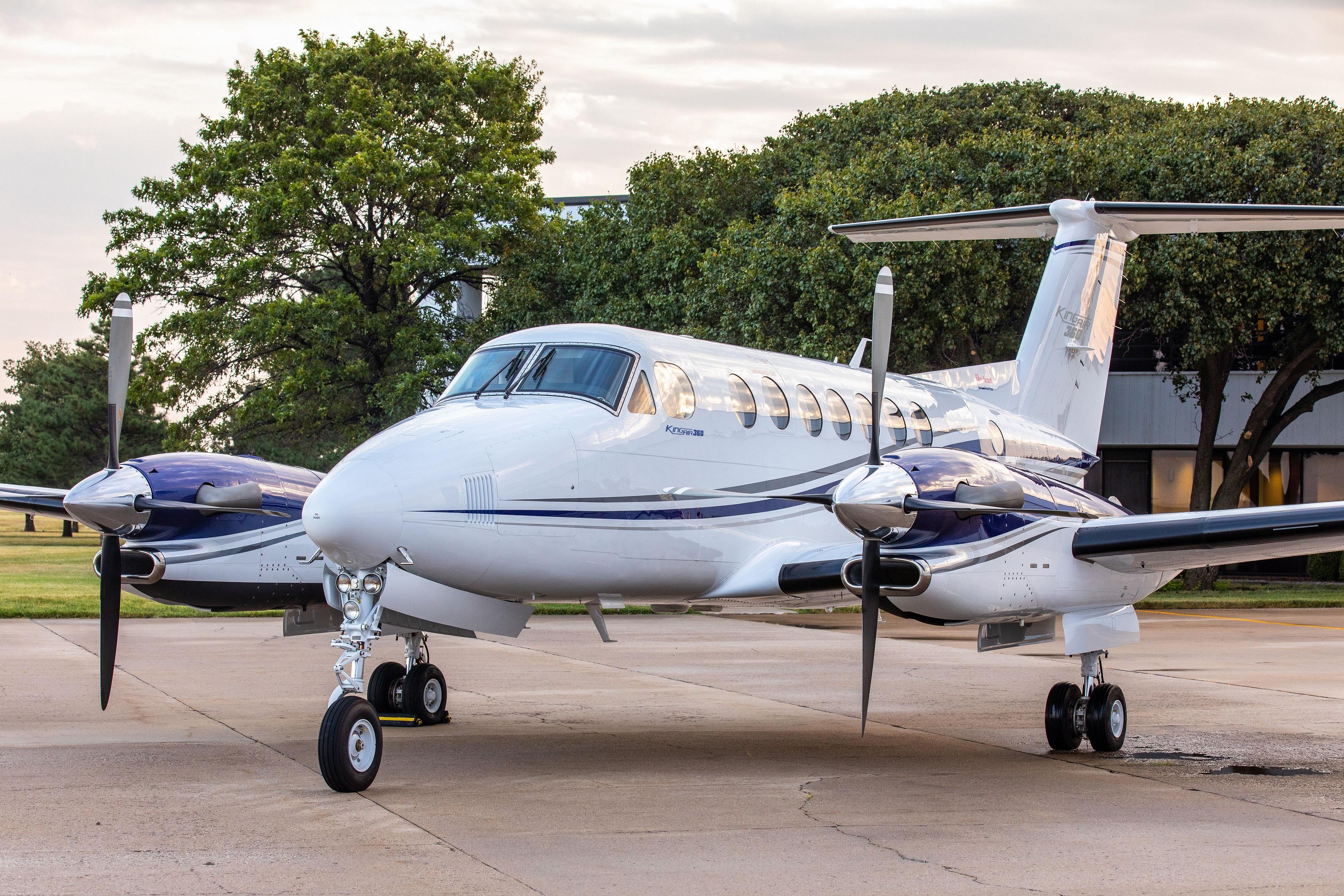
Textron Beechcraft King Air 360/260
Credit: Textron Aviation
Textron Aviation achieved FAA certification of the Beechcraft King Air 360/360ER twin turboprop (above) in October 2020. In November, the manufacturer delivered the first aircraft to launch customer Stamoules Produce Co., of Mendota, California.
Equipped with the Collins Pro Line Fusion avionics suite, the 360/360ER improves upon the King Air 350i, adding the Innovative Solutions & Support ThrustSense autothrottle, a new digital pressurization controller that schedules cabin pressure on climb and descent, and a 10% lower cabin altitude.
The King Air 360 is powered by Pratt & Whitney Canada PT6A-60A engines and has a max takeoff weight of 15,000 lb. The aircraft carries up to 11 occupants with max range of 1,806 nm and cruise speed of 312 ktas. Useful load is 5,145 lb.
Textron achieved FAA certification of the King Air 260 in March 2021, with deliveries beginning in the second quarter
As with the King Air 360, the -260 comes equipped with the Innovative Solutions & Support ThrustSense autothrottle and a new digital pressurization controller. The Collins Aerospace Multiscan RTA-4112 weather radar comes as standard equipment on the Collins Pro Line Fusion-equipped turboprop.
The King Air 260 is powered by Pratt & Whitney Canada PT6A-52 engines and has a max takeoff weight of 12,500 lb. The aircraft carries up to nine occupants with max range of 1,720 nm and cruise speed of 310 ktas. Useful load is 3,760 lb.
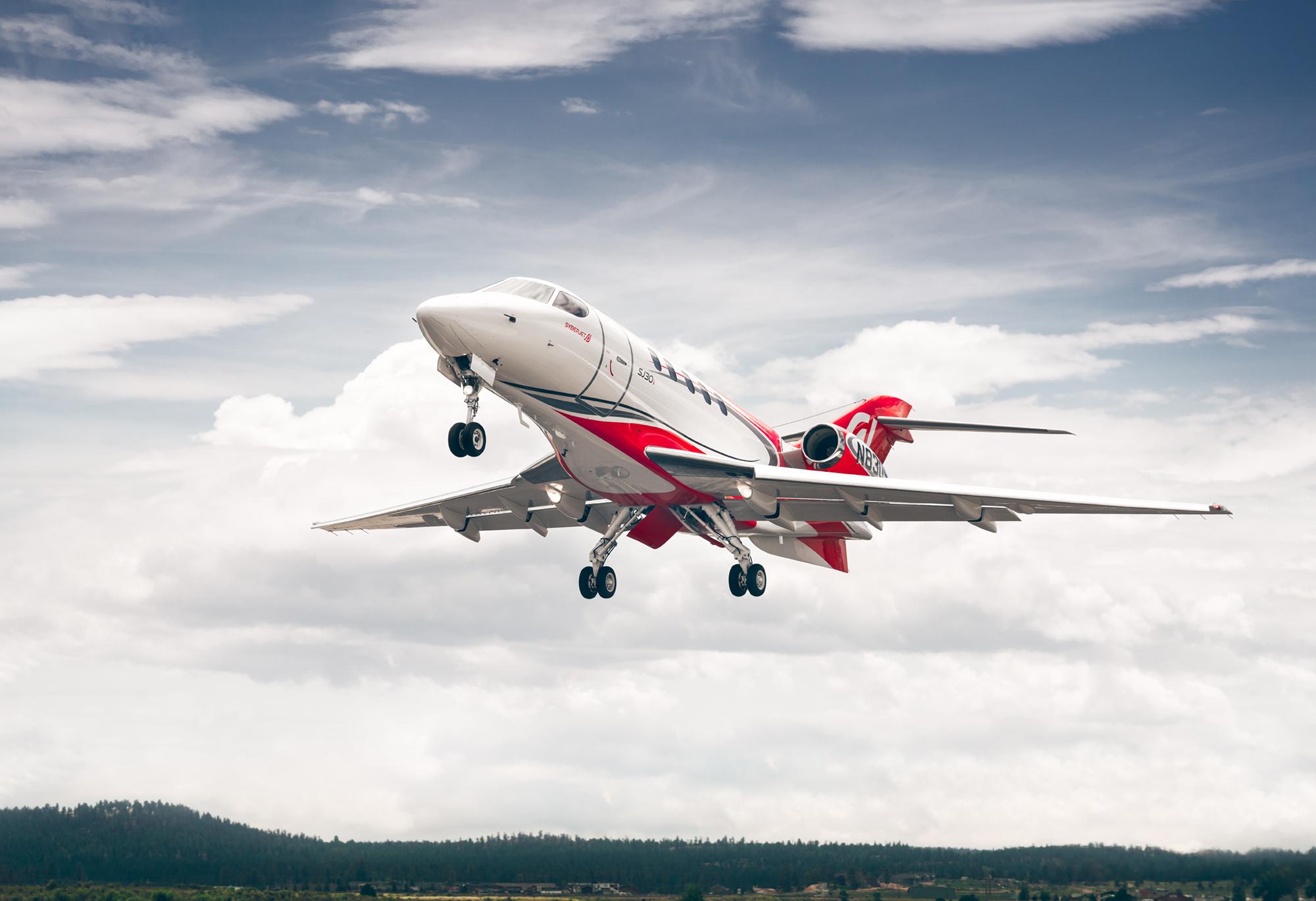
SyberJet SJ30
Credit: SyberJet Aircraft
Utah-based SyberJet Aircraft expects to certify its SJ30i light jet in late 2022. SyberJet announced the first flight of the SJ30i on Oct. 9, 2019, from San Antonio International Airport (KSAT) in Texas. The aircraft is now moving through the certification flight-test program, the company said.
Based on the earlier SJ30-2, the 13,950-lb. maximum takeoff weight SJ30i is designed to fly to a maximum range of 2,500 nm, with a ceiling of 49,000 ft. and cruise speed of 486 ktas. The Williams FJ44-2A-powered SJ30i is fitted with a new SyberVision cockpit based on the Honeywell Epic 2.0 avionics suite.
“Both the SJ30i and the SJ30-2 are the fastest, longest-ranged light jets in the world and the only aircraft in the world with a 12 psi cabin differential, resulting in a sea level cabin to 41,000 ft.,” declared Mark Fairchild, SyberJet Aircraft v-p of customer experience.

Stratos Aircraft 716X
Credit: John Smoker, Stratos Aircraft
Stratos Aircraft recently completed the first phase of an envelope expansion program of its 716X single-engine light jet, which the Oregon company is developing as a limited-release kit aircraft. The jet accommodates four passengers in standard club seating.
Operating from Redmond Municipal Airport (RDM) in Redmond, Oregon, the 716X reached 28,000 ft. and Mach .58, said Carsten Sundin, Stratos Aircraft president and engineering manager. The 716X, which has an experimental airworthiness certificate, is powered by a Pratt & Whitney Canada JT15D-5 engine; an FAA-certified 716 version the company is planning will have a different engine and avionics.
“Our intent is to produce a limited number of [716X] kit aircraft,” said Sundin. “The 716 will be the certified aircraft, with a different engine and avionics and realistically we’re years away from that.”
Stratos plans to display the 716X and its 714 proof-of-concept aircraft at EAA AirVenture Oshkosh in late July. The 716X flight-test program should be completed by this fall, Sundin said.

Flaris LAR01
Credit: Flaris
Poland’s Flaris said it resumed flight-testing its LAR1 single-engine very light jet at Zielona Góra Airport (EPZG) in western Poland in September 2020, after the airport reopened from COVID-19 related restrictions.
Functional tests of aircraft systems, including the jet’s Garmin G600 avionics system, Flaris Flight Assistance System flight computer and hydraulic extension and retraction of landing gear have “confirmed the assumptions made previously,” Flaris said in a March 2021 release.
Flaris was established in 2012 for the purpose of serial production of LAR1, which is manufactured by Metal-Master.
Powered by a Williams FJ33-5A turbofan engine, the 4,078-lb. max takeoff weight LAR1 will accommodate a pilot and four passengers. The jet is designed to reach a cruising speed of Mach 0.72 at 31,000 ft., with a maximum expected range of 1,900 nm, according to Flaris.
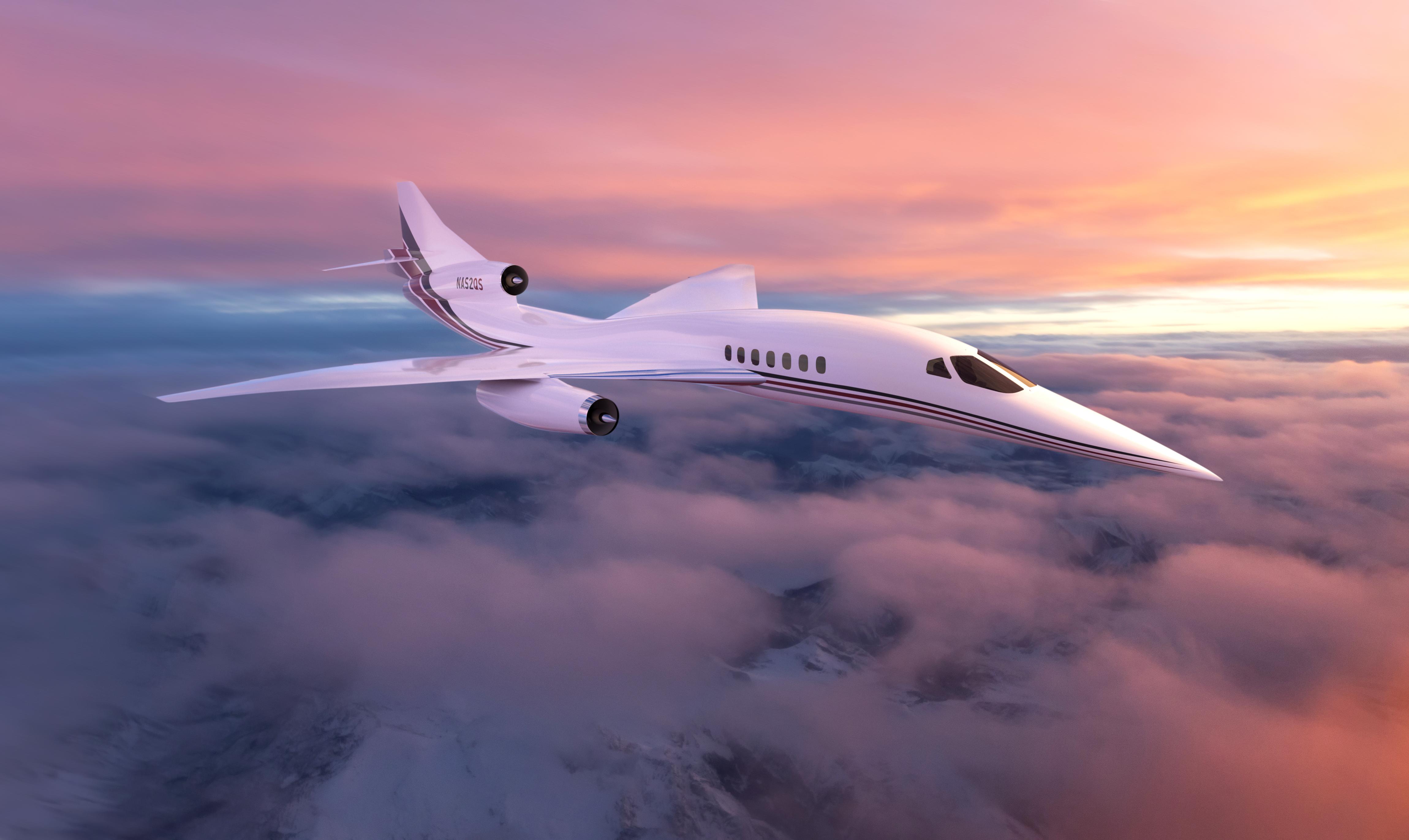
Aerion Supersonic AS2
Credit: Aerion Supersonic
Aerion Supersonic’s $120 million, 12-passenger AS2 supersonic business jet is designed to fly at a speed of Mach 1.4 with a range of more than 5,000 nm. NetJets has placed an order for 20 AS2s, bringing its order backlog to $6.7 billion and more than 50 aircraft.
Aerion has signed an agreement with training and simulation provider FlightSafety International to establish a training academy for supersonic aircraft. The Reno, Nevada-based company plans to begin production of the AS2 in 2023, with a goal of building five test aircraft. First flight is planned for 2025 with entry-into-service in late 2027.
GE’s Affinity engine will power the AS2, and is designed to run on 100% sustainable aviation fuel. Aerion expects to build 300 AS2s during the first decade of production. The company has started construction of a research, design and manufacturing campus called Aerion Park, in Melbourne, Florida, to benefit from the engineering talent on Florida’s Space Coast. The new facility will include a $300 million factory on 110.6 acres and production lines capable of building 48 aircraft a year.
The COVID-19 pandemic has extended some development time lines for new business aircraft. Nevertheless, designers and manufacturers continue to advance new and upgraded types, including those summarized here.

